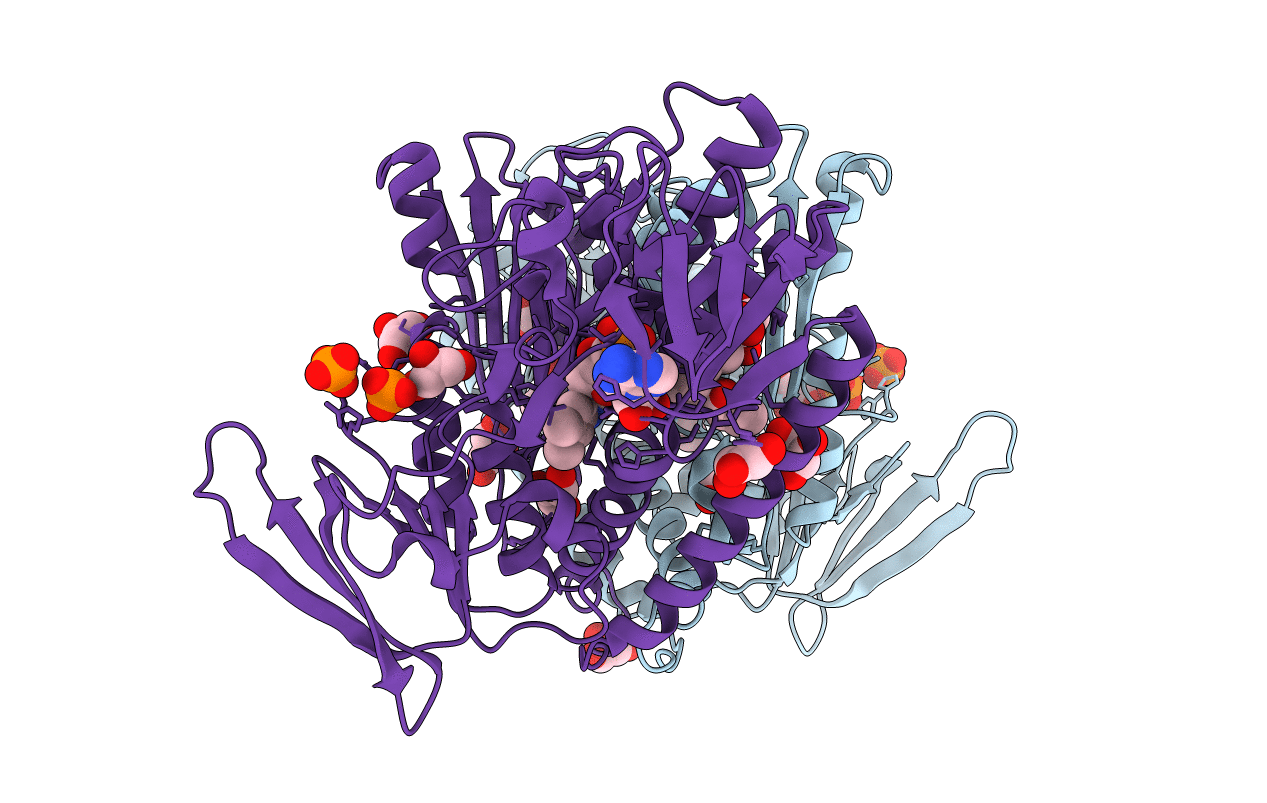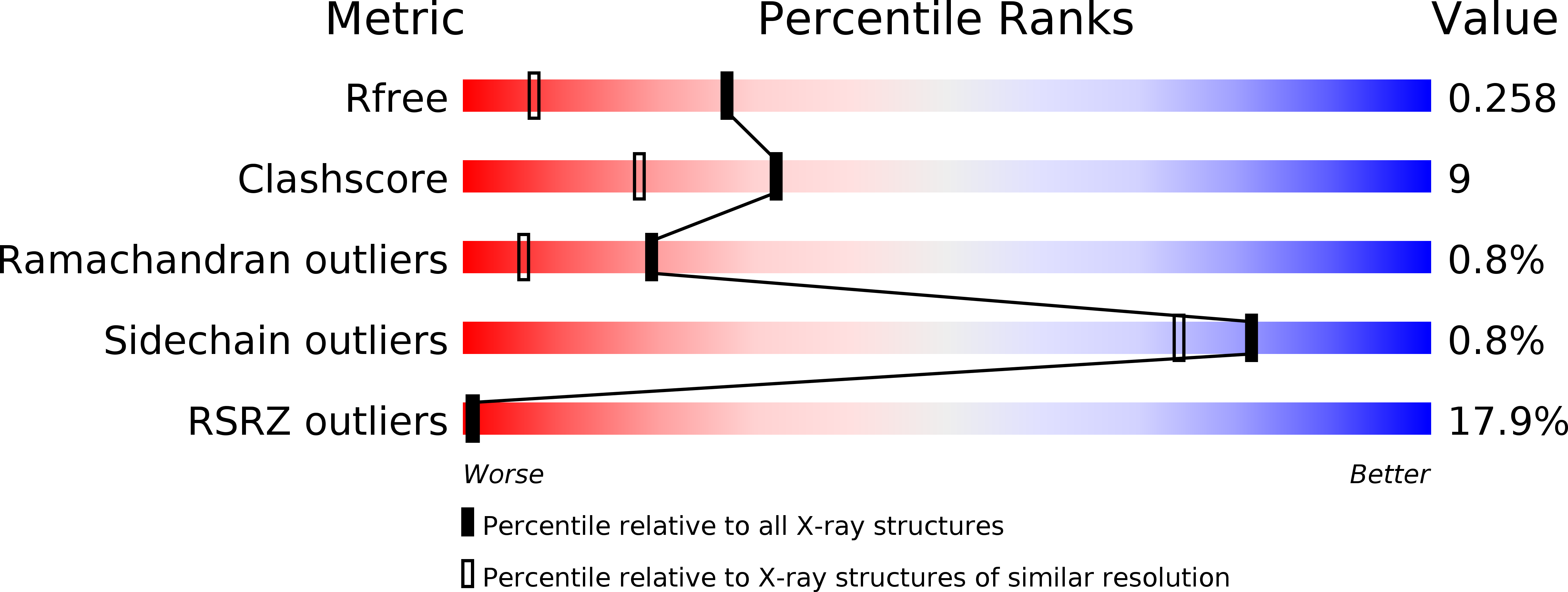
Deposition Date
2006-03-25
Release Date
2006-09-26
Last Version Date
2024-11-20
Entry Detail
PDB ID:
2GH5
Keywords:
Title:
Crystal Structure of human Glutathione Reductase complexed with a Fluoro-Analogue of the Menadione Derivative M5
Biological Source:
Source Organism:
Homo sapiens (Taxon ID: 9606)
Host Organism:
Method Details:
Experimental Method:
Resolution:
1.70 Å
R-Value Free:
0.25
R-Value Work:
0.22
R-Value Observed:
0.22
Space Group:
P 1 21 1


